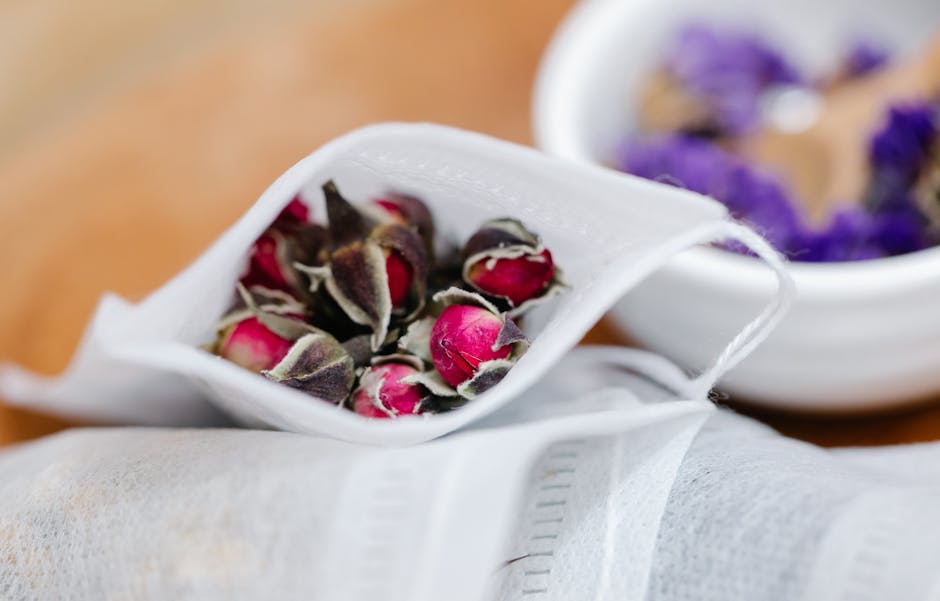Transform Your Garden: The Art of Upcycled Gardening for Eco-Friendly Spaces
Gardening has never felt more vital, particularly as we grapple with climate change and environmental degradation. The art of upcycled gardening is not just a creative escape; it’s a powerful way to contribute to sustainable living and eco-friendly practices. By designing outdoor spaces using reclaimed materials, we can create vibrant, functional gardens while reducing waste. If you're curious about how to delve into this trend, you’ve come to the right place. Get ready to transform your garden into a flourishing sanctuary!
The Essence of Upcycling in Gardening

Upcycling is the process of transforming discarded materials into something useful and beautiful, giving them a second life. In gardening, this can involve everything from using old pallets to create vertical planters, to repurposing tin cans as clever plant holders. The beauty of upcycled gardening lies in its sustainability; rather than contributing to landfill waste, you’re revitalizing what already exists.
Imagine walking into your backyard filled with handmade decorations crafted from reclaimed wood, or tables and chairs composed of economically sourced materials. Each element in your garden can tell a story, connecting your outdoor space to larger narratives of sustainability and conservation.
Discovering Local Resources for Upcycled Materials

One of the joys of upcycled gardening is the local treasure hunt for materials. Here’s how to start:
- Salvage Stores: Many towns have salvage yards or second-hand stores that offer reclaimed lumber, brick, and metal—all potential treasures for your green oasis.
- Community Pile-Ups: Neighborhoods often hold clean-up days where residents discard no-longer-wanted items. This is an ideal opportunity to pick up useful materials for free!
- Online Marketplaces: Websites like Freecycle, Craigslist, or Facebook Marketplace often list free or inexpensive items that people are giving away.
- Nature's Embrace: Sticks, stones, and old tree branches can be creatively used as borders, plant supports, or decorative elements.
Embracing community and local resources means not only enriching your garden but also helping foster a sense of connection with those around you.
Designing Your Upcycled Garden

Creating an eco-friendly outdoor space with upcycled materials requires a touch of creativity and thoughtful design. Here are several tips to guide you:
Unleashing Vertical Spaces

Vertical gardening is an excellent way to maximize limited space while introducing an aesthetic dimension. Consider creating a vertical wall display using old pallets. Simply attach the pallet upright, fill it with soil, and plant your favorite herbs or flowers. These living walls not only offer fresh produce but also add charm and character to your garden.
Containers with Character

Custom plant containers can be crafted from almost anything—think old tires, birdcages, or even glass jars. Drill some drainage holes into these items to ensure your plants thrive. Imagine a garden filled with bright, colorful containers that celebrate creativity and sustainability.
Paths and Borders

Pathways are both functional and beautiful. Reclaimed bricks, stones, or broken pottery can create stunning walkways that intrigue visitors. Utilize any large, flat stones you come across to form borders around your garden beds, further defining the space while adding an artistic touch.
Use of Natural Elements

Bring in nature itself! Plant native species that require fewer resources to thrive, encouraging local wildlife into your garden. According to studies, fostering biodiversity not only benefits your garden but also contributes to wider environmental health. For more insights on urban wildlife and boosting biodiversity, check out this handy guide.
Layering for Beauty and Functionality

Creating a layered garden enhances both its beauty and functionality. Build raised beds from upcycled wood or bricks to create varying heights. This adds visual intrigue and allows plants to thrive according to their light needs.
Incorporating Edible Plants

Imagine walking outside and harvesting fresh vegetables or herbs. Upcycled gardening doesn’t only need to be aesthetic; it can also lead to a self-sustaining food source. Use kitchen scraps like coffee grounds or eggshells as compost to enrich your soil naturally.
Designing herb walls can be a smart way to incorporate edibles into a visually pleasing formation. Choose contained herbs like basil, chives, and mint, which thrive indoors or outdoors.
Lighting the Way

Illumination sets the mood for your garden during the night. Discarded glass bottles can be suspended as unique lanterns, and solar lights can be placed strategically to highlight certain design features or pathways. Upcycling vintage light fixtures can also serve as statement pieces in your garden, merging sustainability with style.
The Power of Community and Sharing

Engaging with your local community can enhance your upcycling experience. Hosting “swap events” or volunteering at community gardens allows you to exchange plants, ideas, or materials. Such social gatherings not only spread awareness about sustainable gardening but also build relationships.
For further inspiration, you can explore how others have successfully integrated upcycled practices into their gardens by reading this child-friendly article on sustainability.
Sustainable Practices to Adopt

Upcycling is just the beginning. Here are some additional sustainable practices to consider while creating your eco-friendly garden:
-
Rainwater Harvesting: Collecting rainwater in barrels reduces water wastage and is beneficial for your plants. This simple system can drastically decrease your environmental impact.
-
Organic Pest Control: Use natural repellents like neem oil or introduce beneficial insects that prey on common pests. Avoid chemical pesticides that harm the ecosystem.
-
Soil Health: Encourage a biodiverse soil environment by adding organic matter and avoiding synthetic fertilizers. Emphasizing soil health leads to stronger plants and healthier gardens.
-
Community Composting: Participate in or start a local composting program to reduce kitchen waste. Composting not only enriches your garden but also promotes a circular economy.
-
Embrace Seasonality: Use seasonal plants to minimize resource demands. This is more eco-friendly and yields better results in your garden.
Integrating Technology with Tradition

While the aesthetics of upcycled gardening shine brightly, integrating technology can enhance the experience. Consider using gardening apps to track growth patterns, set reminders for watering, and identify plant diseases. For instance, digital gardening journals can help document your progress and share insight with a community interested in sustainability.
The rise of smart technologies means you don’t have to be glued to gardening websites 24/7; instead, invest in timers, moisture sensors, and smart irrigation systems that save resources while providing ample nourishment for your garden plants.
Encouraging Eco-Consciousness in Kids

Creating an upcycled garden can also be an educational journey for children. Engaging them in the process teaches valuable lessons about recycling, responsibility, and the environment. Organize simple projects like planting seeds in upcycled containers to ignite their enthusiasm for sustainability.
Teach them about biodiversity and how even small efforts can have a monumental positive effect on local ecosystems. To further promote these lessons, consider reading this article focused on sustainable gardening for children.
Final Thoughts
Upcycled gardening can be a rewarding endeavor that enhances your outdoor space while promoting sustainability and environmental consciousness. By creatively repurposing materials and making informed choices, you can contribute positively to the environment and inspire others in your community to do the same.
Whether you’re a passive garden enthusiast or an active home gardener, embracing the art of upcycled gardening paves the way for joy, creativity, and sustainable practices. Ready to start your journey? Gather your materials, brainstorm designs, and make your outdoor space a reflection of your values. Happy gardening!



